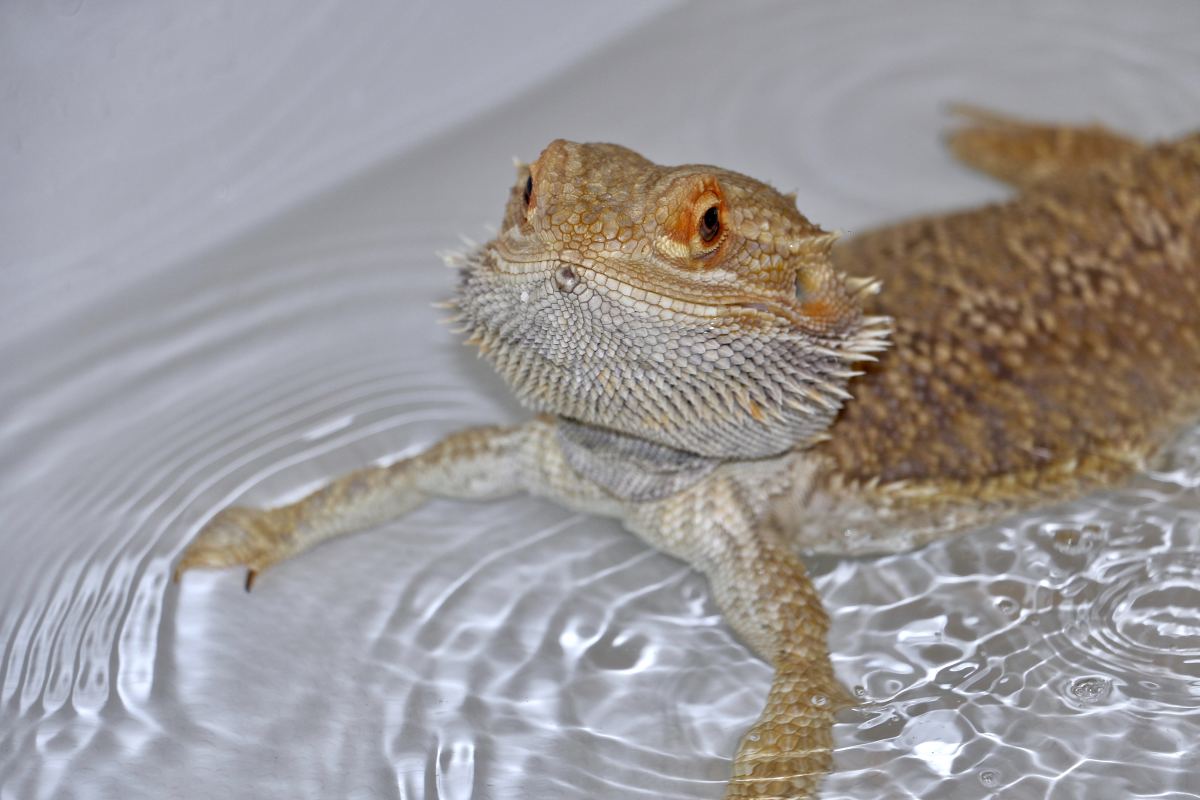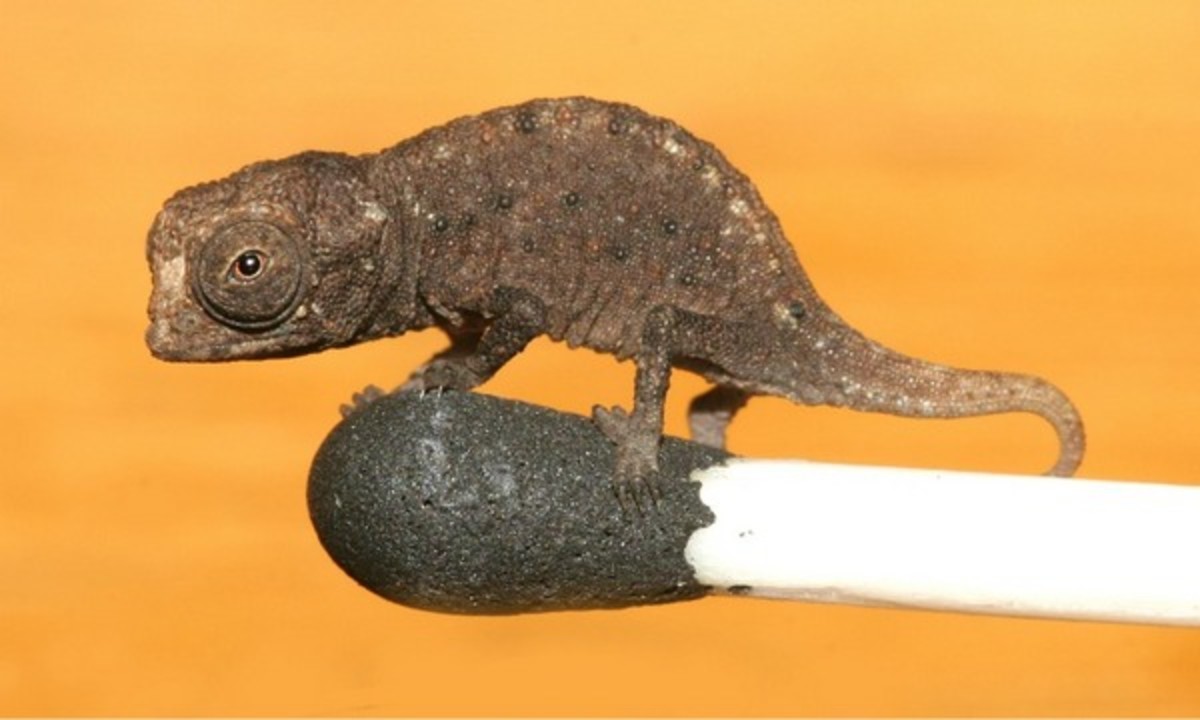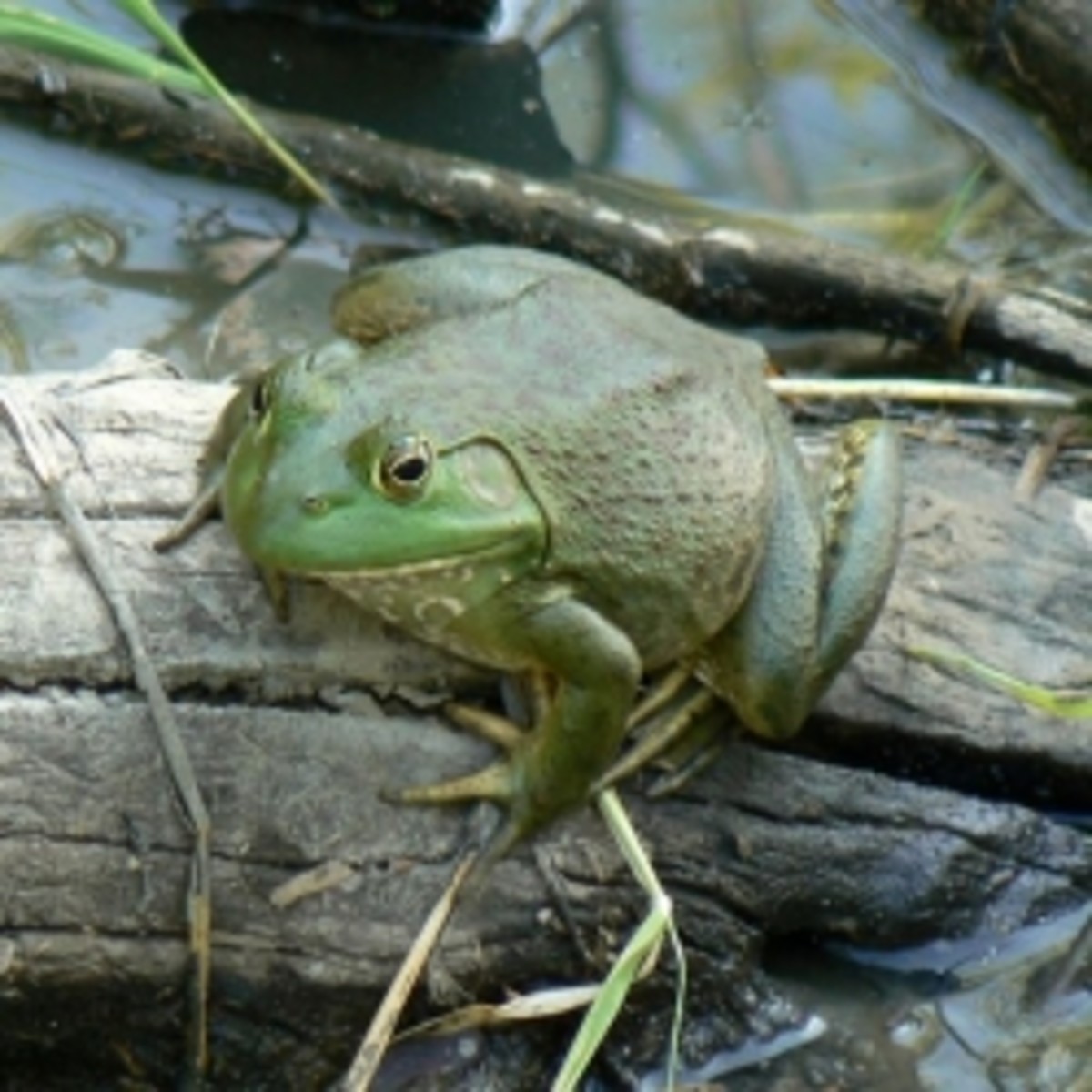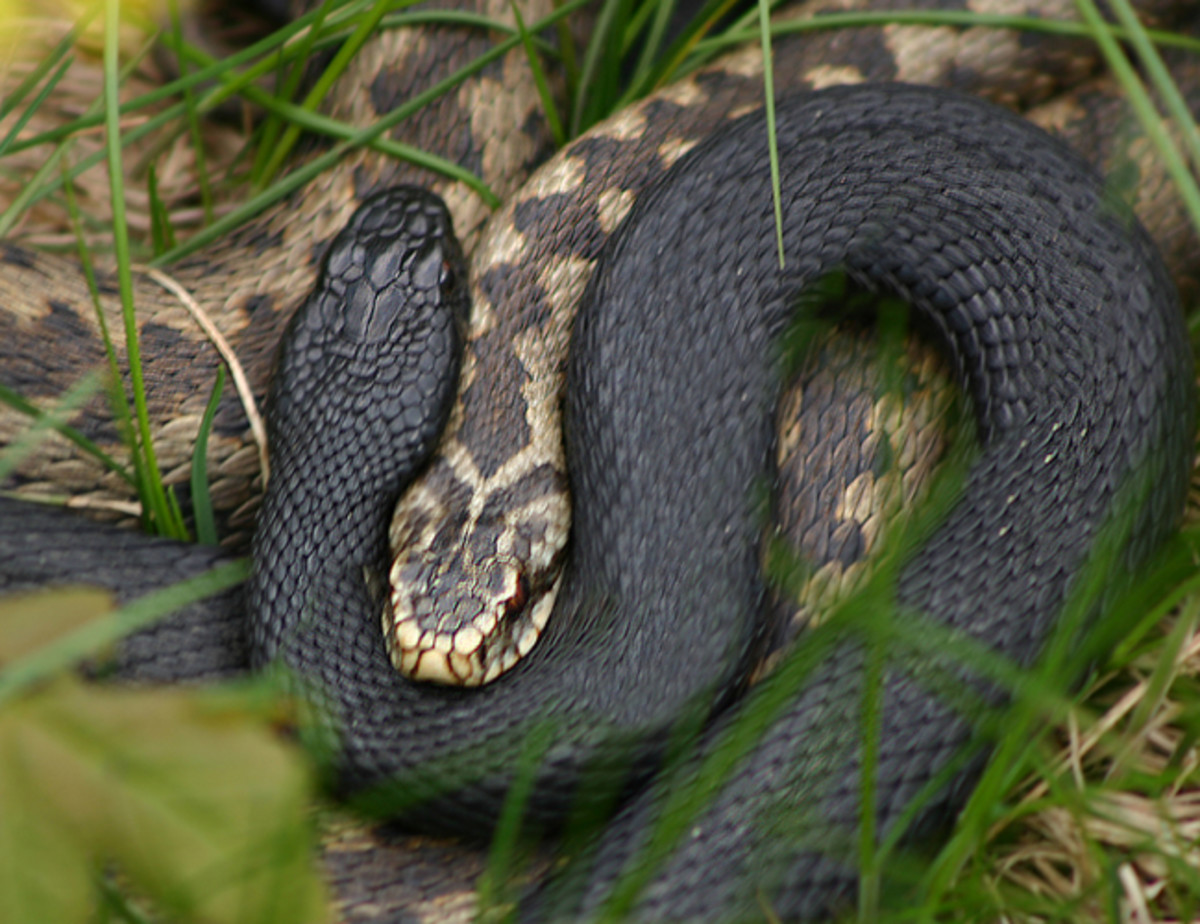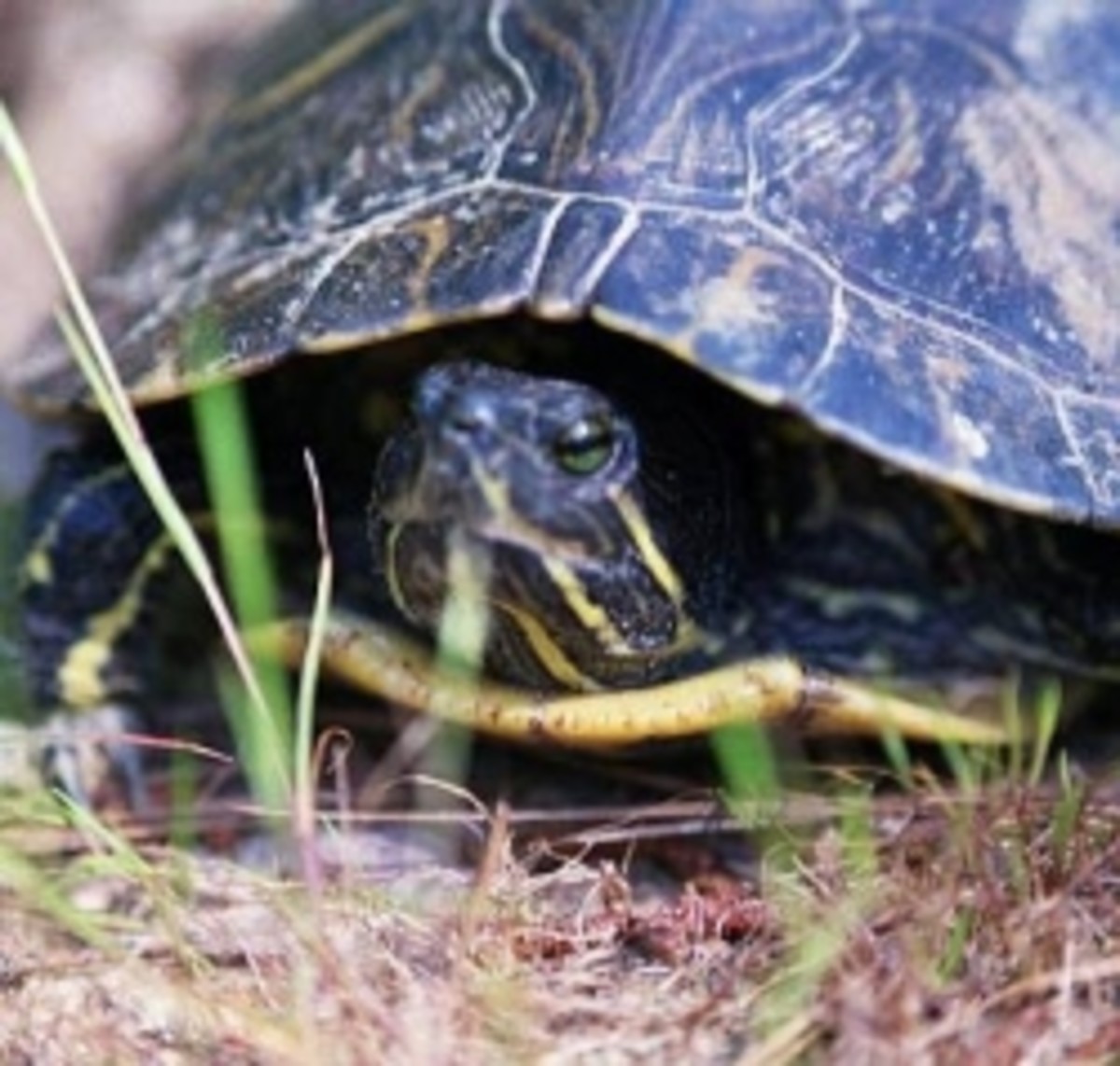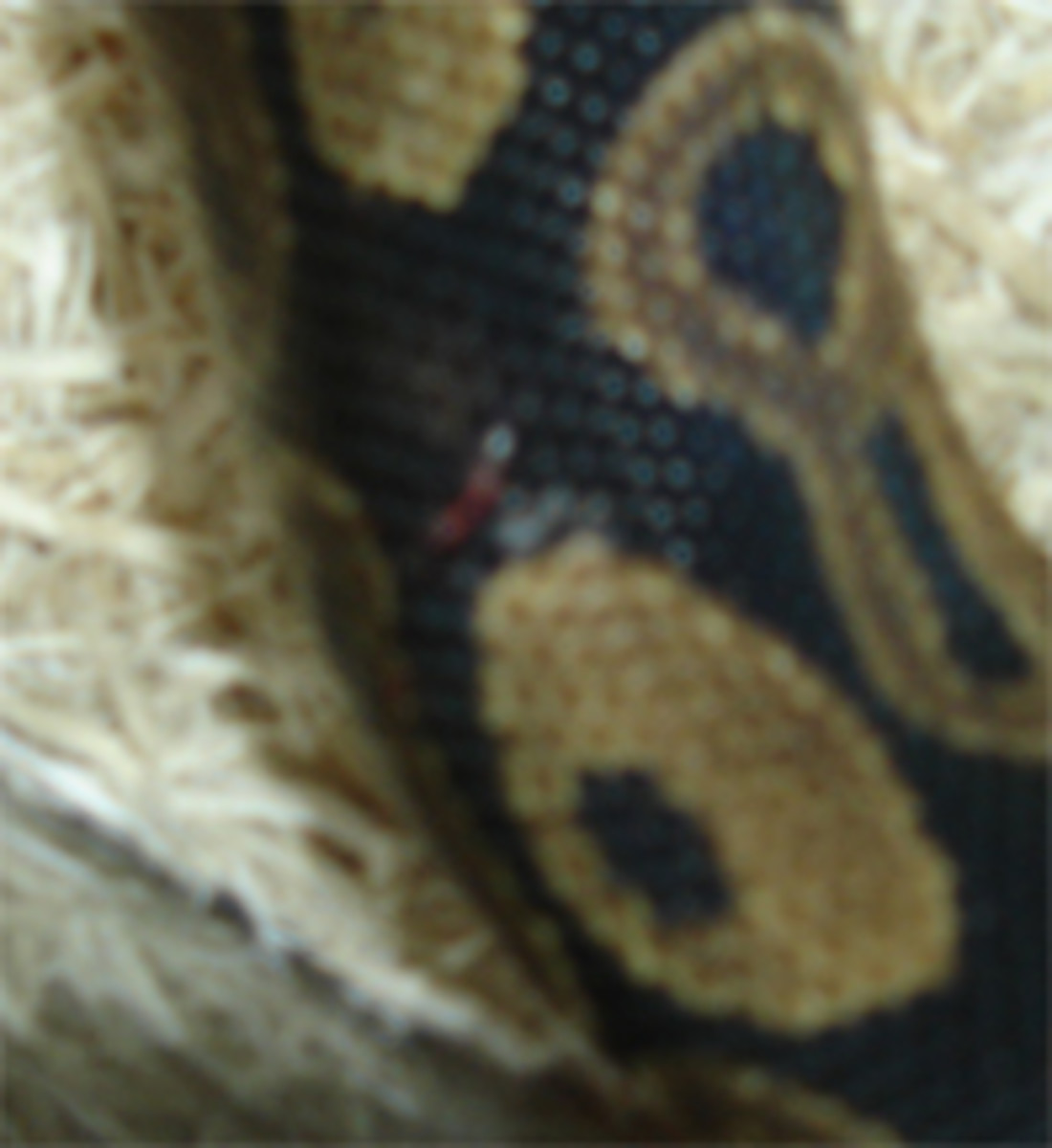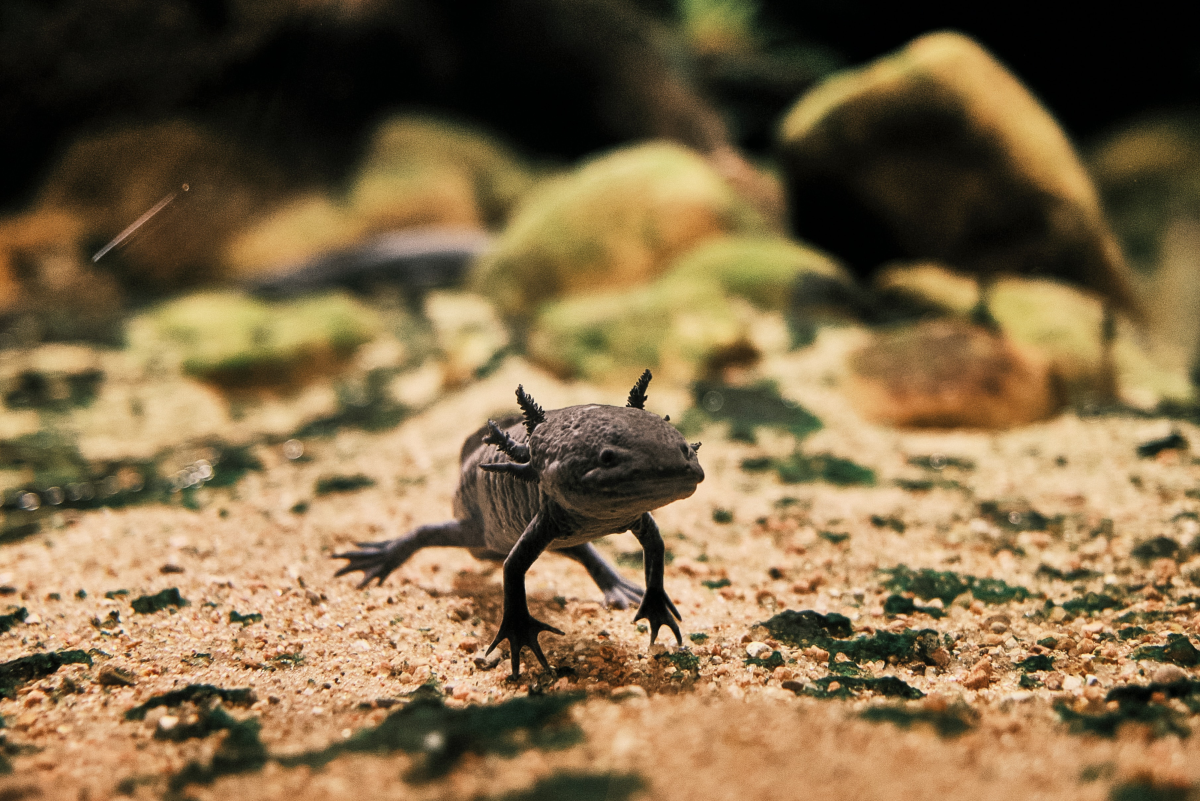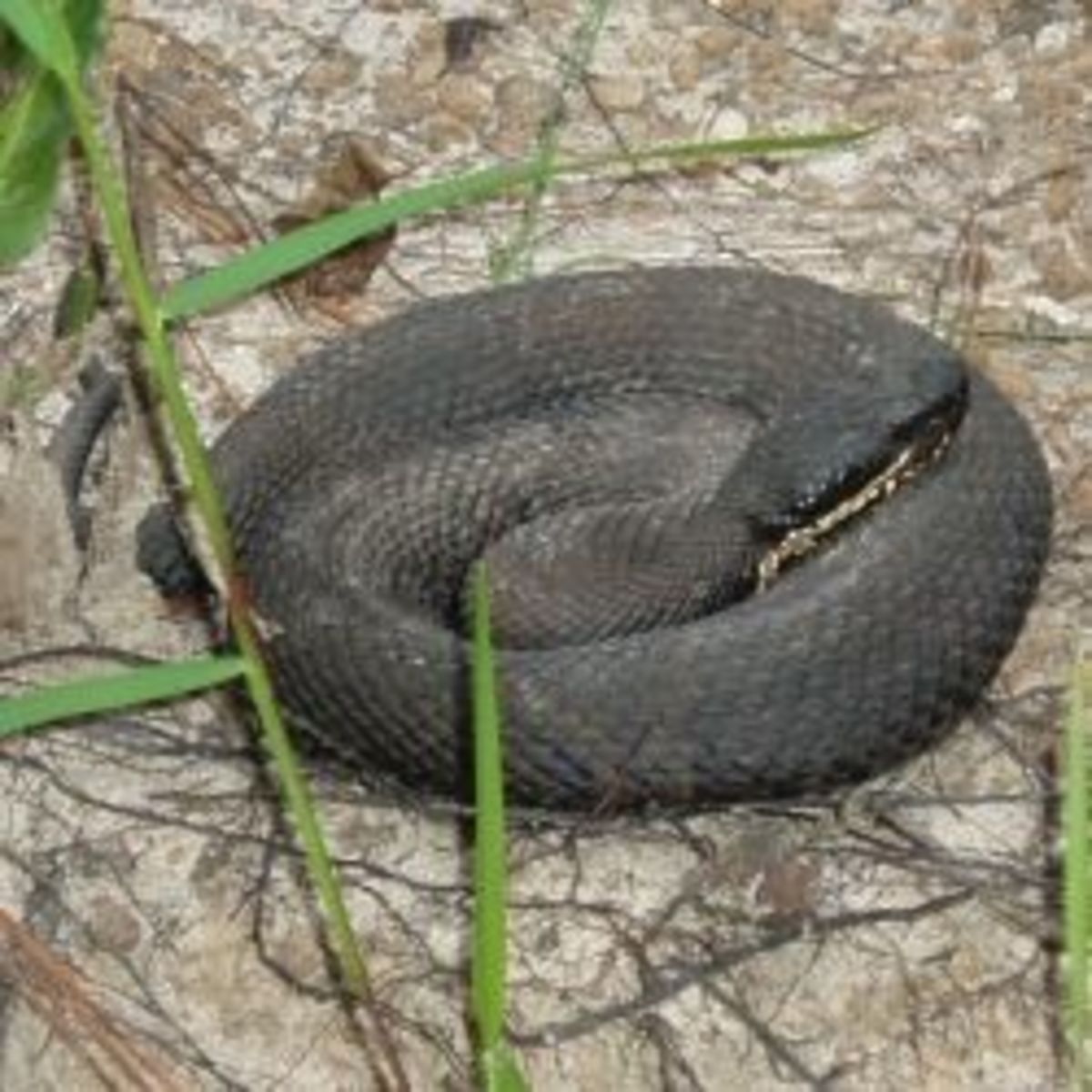What Are Amphibians?
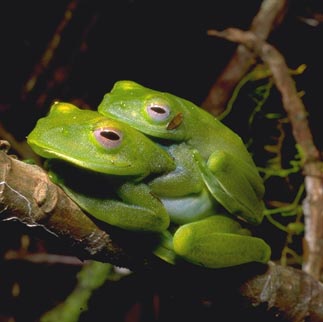
Amphibian Facts, How Are They Different From Reptiles
As a life-long admirer of frogs, and all types of wet and slimy critters, I have noticed that there is some confusion about what amphibians are exactly. People might know that frogs are amphibians, but are uncertain about what exactly it is that makes them so, and how they differ from reptiles. People are often surprised to hear that salamanders are more closely related to frogs than they are to lizards that they superficially resemble. So what exactly are amphibians?
Ever since the days of Carolus Linnaeus in the 18th century, scientists have used a system known as taxonomy to classify all organisms into a hierarchy of groups according to their characteristics, with organisms that closely related being placed in the same groups. In this system amphibian is a name of a class of cold blooded animals, the rank of the various groups is kingdom, phylum, class, order, family, genus, species. The word comes from an ancient Greek and means “both kinds of life”, referring to the fact that they live both on land and in water.
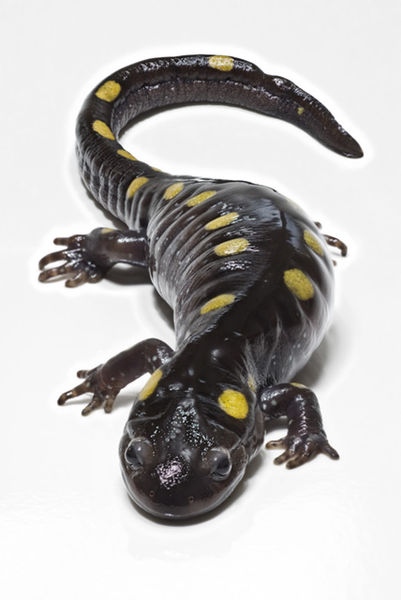
Amphibians Were the First Land Animals with Four Limbs
Amphibians were the first vertebrates, animals with backbones, which lived on land, and therefore represent an important step in our journey from the primordial soup to life as we know it today. They were also the first tetrapods, vertebrates with four limbs.
The first amphibians evolved from lobe-finned fish-like ancestors, similar to today’s lungfish, 300 million years ago. Their limbs evolved from the fleshy fins of fish, an important asset allowing them to move on land. For tens of millions of years they dominated the terrestrial habitat. Sadly their numbers have greatly diminished and they are the most threatened class of animals today, with about 6000 described species.
The Three Types of Amphibia, Anura, Caudata and Caecilians
Today there are three different orders of amphibians. The most diverse are the anura, which stands for “without a tail”, frogs and toads. A separate order is the caudate, with a tail, which consists of about 470 species of salamanders and newts. The smallest, and least known order, are the 170 species of caecilians, worm-like animals that lack limbs.
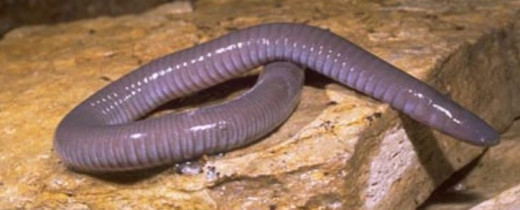
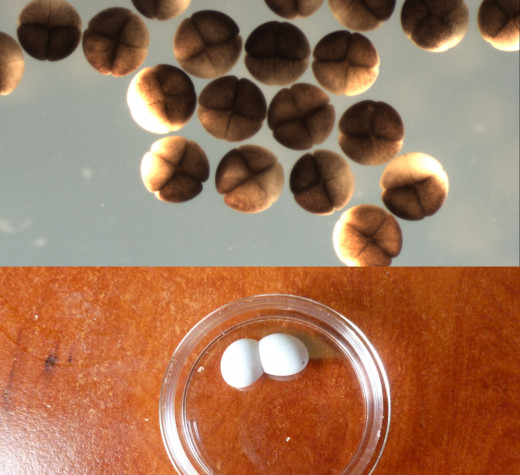
Amphibian Fact: There Eggs Have No Shell
Despite their move to land they did not completely relinquish their connection with water. One of the facts about amphibians, that distinguishes them from reptiles, is that their eggs do not have a shell, and are only covered with a vitelline membrane. They do lay their eggs in jelly, which provides some protection, but they are very prone to desiccation, and many amphibians have to lay their eggs in water, or at least in very humid environments.
Life-Cycle, Larvae and Metamorphosis
They also differ from other tetrapods in that they have different stages in their life cycle. Whereas reptiles, birds and mammals have embryos that develop into miniature replicas of the adults, amphibian eggs hatch into a larval form which is very different from adults. The larvae can only survive in water, have gills instead of lungs, and after a period of growth undergo metamorphosis into the adult stage. For example frog embryos develop into tadpoles, which have tails but no limbs, and look very different from their parents. There are a few exceptions to this, for example, they eggs of the Common Coquí frog develop directly into little froglets.

Amphibian Skin
Amphibian skin is delicate and doesn’t have scales like reptiles or fur like mammals. It is very permeable, and makes them susceptible to drying out, restricting them mostly to humid environments. Frogs do not drink water, but they absorb it through their skins. Because of its permeability, they are particularly sensitive to pollution, which might be a contributing factor to their decreasing numbers.
The permeable skin contributes to their respiration, and they partially breathe through it. In fact there are some small salamanders that are completely lungless, and completely rely on gas exchange through their skin for their oxygen needs.
Many amphibians have poison glands in their skin. The toxins produced range from unpleasant, to the deadly ones produced by poison dart frogs like Columbian dart frog, Dendrobitis horribilis, the most poisonous frog. Although many reptiles are venomous, they inject their toxins through their fangs, rather than passively expressing it on their skins.

